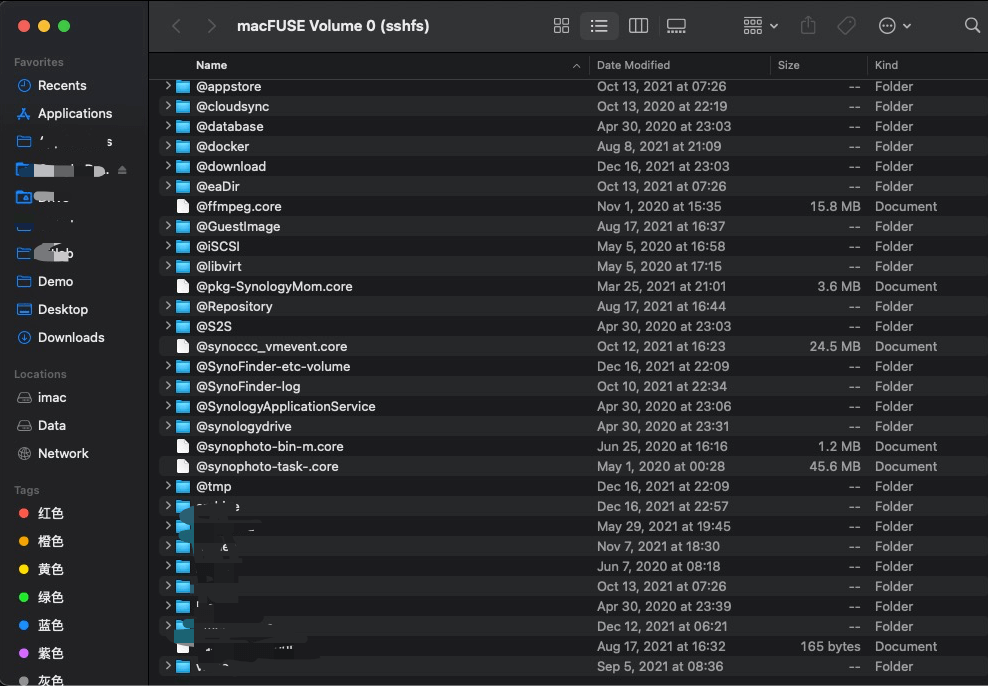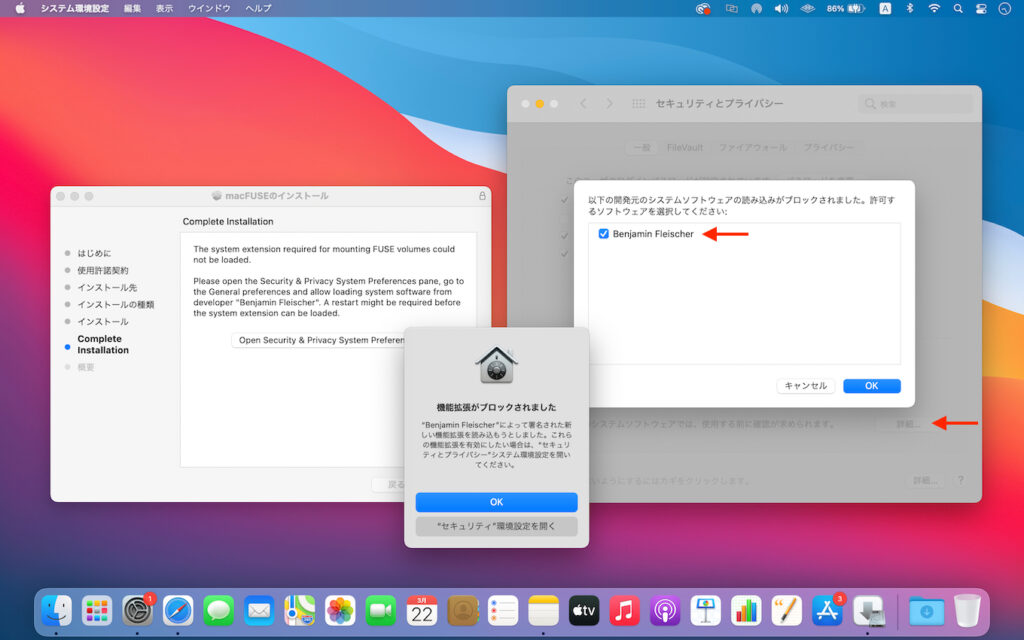

- #MACFUSE TUTORIAL INSTALL#
- #MACFUSE TUTORIAL SOFTWARE#
- #MACFUSE TUTORIAL PASSWORD#
- #MACFUSE TUTORIAL PC#
- #MACFUSE TUTORIAL FREE#
#MACFUSE TUTORIAL PASSWORD#
#MACFUSE TUTORIAL INSTALL#
It is a much more powerful text editor than TextEdit, and won't trip you up by wrapping lines etc., if you learn to use it.Įven if you cannot install OSXFuse/MacFusion, TextWrangler allows you to edit a remote file via SSH. (It even keeps with the theme TACC has going with naming its clusters!) You can use it to directly edit text files on Lonestar with OSXFuse/MacFusion using a nice GUI. TextWrangler is a recommended FreeWare text editor for MacOS X. Want to edit files on TACC without having to use nano? You might want to use TextWrangler, a text editor that can edit files over ssh. Want your Lonestar files to appear like any other place on your hard drive? You can do this using MacFuse/MacFusion on a Mac. Then you'll be able to get there just by clicking on the scratch or work folder in the Notepad++ Remote directory tree. Since much of the editing we'll do will be in your SCRATCH area at TACC, rather than having to navigate around TACC's complex file system tree, it helps to create symbolic links to your WORK and SCRATCH directory in your home directory. You can click the the (Dis)connect icon again to Disconnect when you're done. Once you've authenticated, a directory tree ending in your home directory will be visible in the NppFTP window. To open the connection, click the blue (Dis)connect icon then select lonestar connection.
#MACFUSE TUTORIAL PC#
If you're on a Windows PC download the installer here. It has syntax coloring for many programming languages (Python, Perl, shell), and a remote file editing interface. Notepad++ is an open source, full-featured text editor for Windows PCs (not Macs). Navigate to where you want the put the file and save it.Select your Lonestar profile from the Server drop-down menu.Select the File menu -> Save As Other -> Remote File.Select the file type (Text is good for commands files).From the Komodo Edit Start Page, select New File.To create and save a new file, do the following: Often you will use the work or scratch directory links to help you here.Navigate to the file you want and open it.Once you log in, it should show you all the files and directories in your lonestar $HOME directory.Select your Lonestar profile from the top Server drop-down menu.Select the File menu -> Open -> Remote File.When you want to open an existing file at Lonestar, do the following: For Specify the end-of-line (EOL) indicator for newly created files select UNIX (\n).Configure the default line separator for Unix.Once installed, start Komodo Edit and follow these steps to configure it: Download the appropriate install image here. It has versions for both Macintosh and Windows. Komodo Edit is another free, full-featured text editor with syntax coloring for many programming languages and a remote file editing interface. We'll go over nano together in class, but you may find these other options more useful for your day-to-day work. Then, you can use any text editor to open files and copy them to your computer with the usual drag-drop.
#MACFUSE TUTORIAL FREE#
MacFuse/MacFusion for Mac, or ExpanDrive for Windows or Mac ($$, but free trial).
#MACFUSE TUTORIAL SOFTWARE#


There are a number of options for editing files at TACC.


 0 kommentar(er)
0 kommentar(er)
